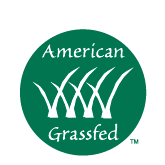Issues with Grain Byproducts
No one ever advertises that only the finest byproducts are included in their wares. Cattle raised on a grain fed diet do not necessarily consume a great deal of grain per se, but they do eat a substantial amount of grain byproducts, which are used to reduce feeding costs.
Byproducts are exactly what they sound like. They are what is left over after components used for human consumption are removed. These grain byproducts are usually inedible for people.
100% grass fed beef from Thousand Hills Lifetime Grazed comes from cattle that were never fed grain byproducts. These cattle grazed and foraged naturally, as herbivores evolved to do.
Grain Byproducts
Grain byproducts are sourced primarily from grain processors, the brewing industry, fiber manufacturers, and human food producers. Two of the main byproducts from the corn industry fed to grain fed cattle are distillers grains and corn gluten feed. The former results from the fermentation process used to produce ethanol from corn. The latter is used as a protein supplement for beef cattle to fatten them more rapidly.
Although distillers grains also come from alcohol production, the majority derives from ethanol production used for gasoline extension. Corn gluten feed is a byproduct of high fructose corn syrup production.

Other byproducts commonly fed to livestock include:
- Brewer’s grains
- Cottonseed hulls
- Cottonseed meal
- Hominy
- Oat millfeed
- Peanut meal
- Rice bran
- Soybean hulls
- Soybean meal
- Wheat middlings
The types of grain byproducts fed are often specific to the local area and availability. The nutrient content of grain byproducts varies, so regular sampling of feeds containing byproducts is necessary to ensure livestock receive diets containing appropriate nutrient content.
Grain Byproducts and Cattle Health
High levels of sulfur are often found in corn byproducts. If fed to cattle, too much sulfur can cause polioencephalomalacia (PEM). This is a form of polio in cattle characterized by neurological symptoms such as seizures, blindness, and inability to stand. In its acute form, the animal dies. In the subacute form, the animal will recover but some neurological impairment remains.

Grain Byproducts and the Environment
Livestock fed large amounts of grain byproducts will excrete more phosphorous, as these concentrations are higher than in standard feed. That means more acreage is needed to spread the manure produced by animals in feedlots. That excess phosphorous makes complying with nutrient management plans more difficult, potentially harming the environment.

Many grain byproducts are wet, requiring special storage facilities. These structures must minimize nutrient runoff from the leaching out of wet grain byproducts. Should these structures not keep nutrient runoff contained properly, surface and groundwater supplies may be impacted. Wet grain byproducts are more likely to become moldy. When moldy feed is given to cattle, digestive problems may occur.
While grain byproducts may have a negative environmental impact, the opposite is true of regenerative agriculture. This practice rejuvenates soil and helps sequester carbon dioxide from the atmosphere. This sequestration can aid in climate change mitigation.
Where decades of overgrazing have resulted in degraded soils and water sources as well as habitat destruction, regenerative agriculture restores biodiversity and improves soil health.
One hundred percent grass fed beef provides a sustainable, ecologically-friendly alternative to the environmental issues associated with Concentrated Animal Feeding Operations (CAFOs), or large-scale feedlots.
Choose Grass Fed
What is grass fed beef and why is it better for you than the grain fed variety? Cattle were not designed to eat grains. Their digestive system is based on forage consumption. Healthier cattle produce healthier meat. Cattle that are fed grain and grain byproducts have higher levels of marbling than grass fed beef, but the leaner meat of grass fed beef contains more nutrients and higher levels of antioxidants than grain fed counterparts.
Visit Thousand Hills Lifetime Grazed’s online meats store today for 100% grass fed beef delivery. Choose from a wide variety of delicious beef steaks, roasts, stews, ground hamburger, and specialties such as beef jerky and sticks. Eat sustainably while eating well.


